By simplifying the production steps needed to treat surfaces with antibacterial films, scientists hope they can become more widely adopted in clinical settings and beyond.
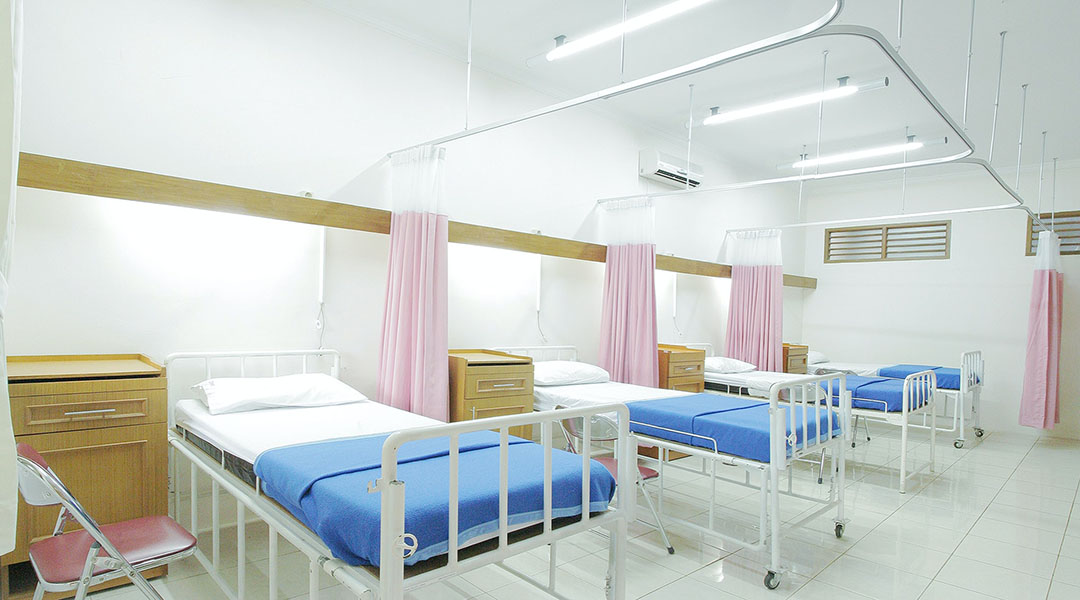

By simplifying the production steps needed to treat surfaces with antibacterial films, scientists hope they can become more widely adopted in clinical settings and beyond.

A team of scientists have created a cost-effective way to destroy bacterial biofilms, paving the way for advancements in everything from healthcare to utilities.

Bacteria controlled by magnets could one day deliver medicine directly to the cells that need it.

Nanoparticles are not new; bacteria have been making them long before we had a language to name them.
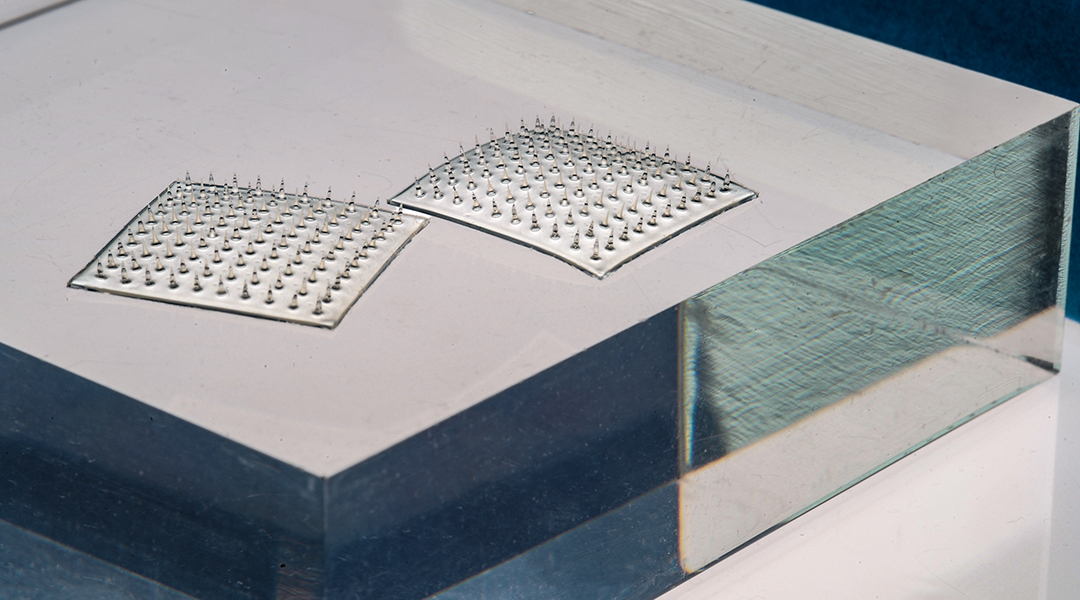
Food-safe microneedles incorporated into a new smart label can effectively collect samples from packaged food and inform consumers about its quality in real time.
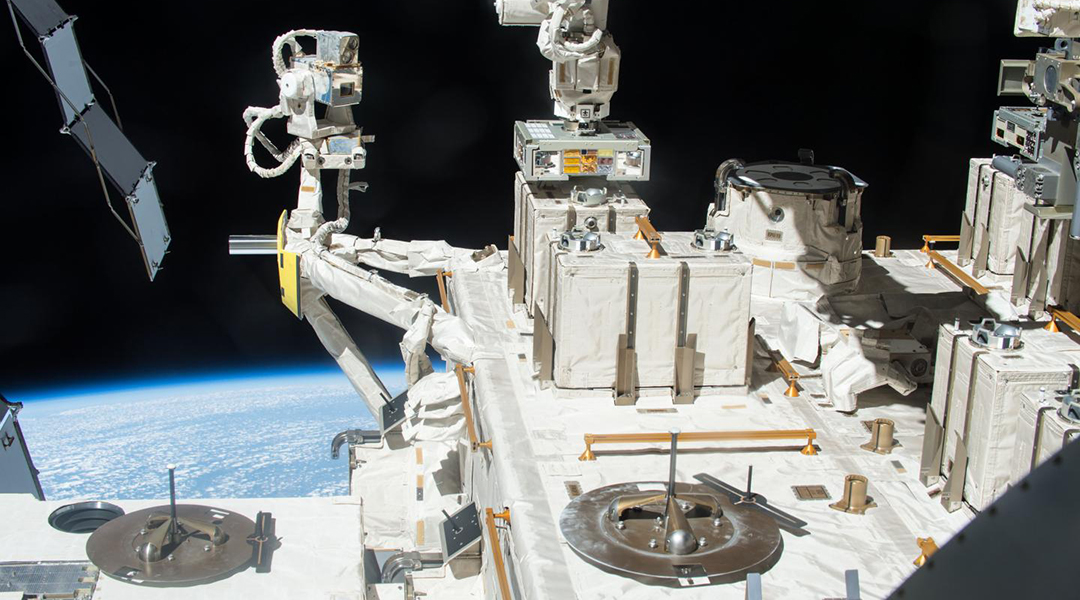
New study provides the best estimate to date that bacteria could survive a trip to Mars.
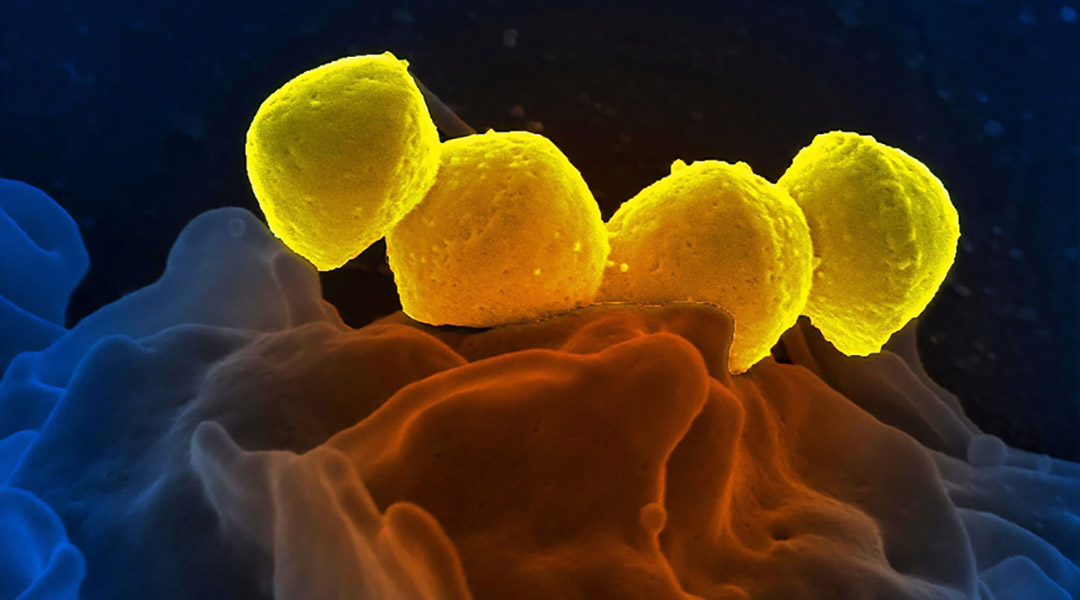
To combat bacterial wound infections, researchers have developed cellulose membranes equipped with antimicrobial peptides.
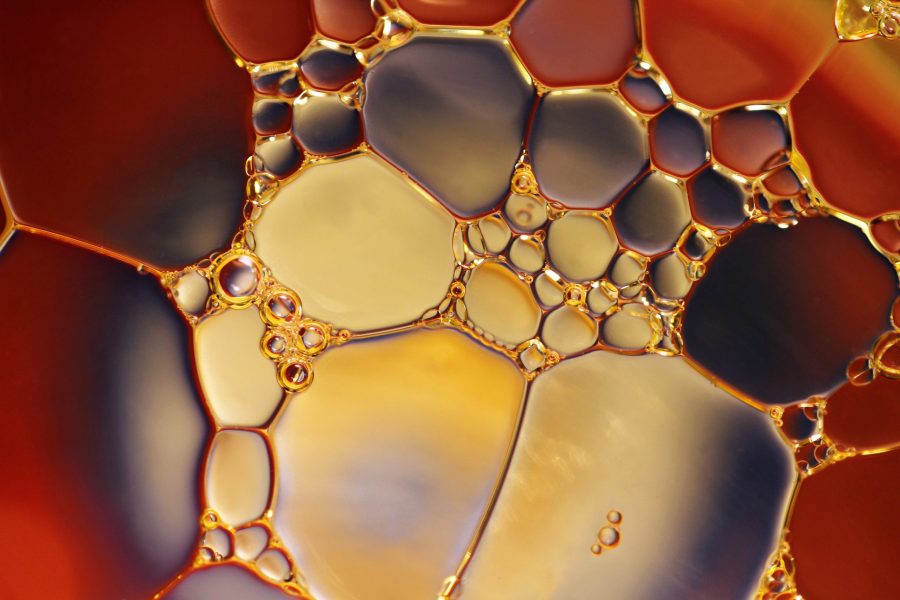
A sustainable technique for cleaning polluted water.
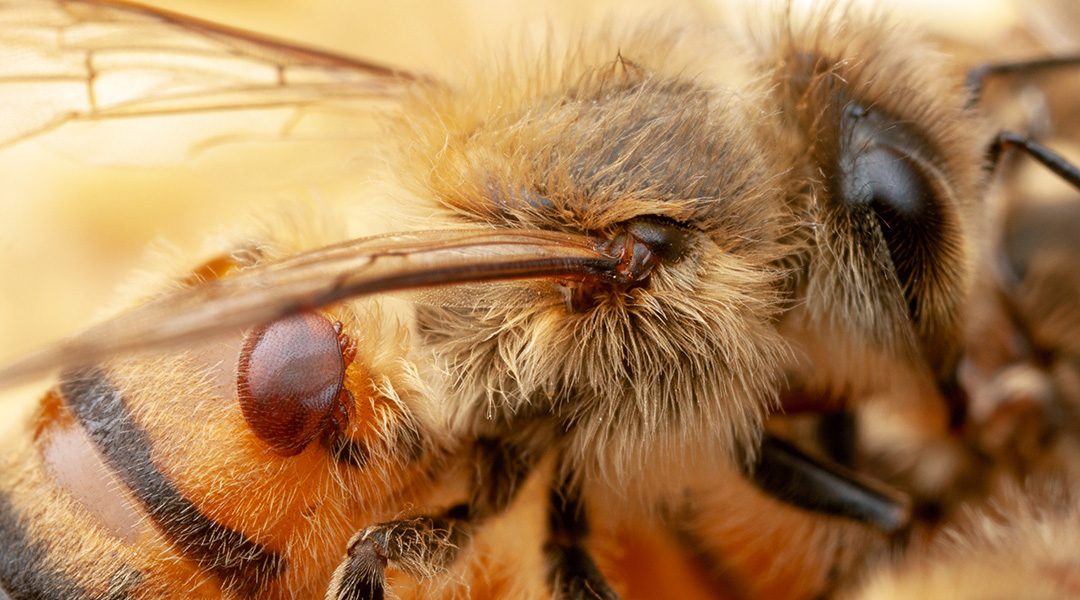
Using bacteria to combat varroa mites, a common pest that can weaken honey bees and make them more susceptible to pathogens.
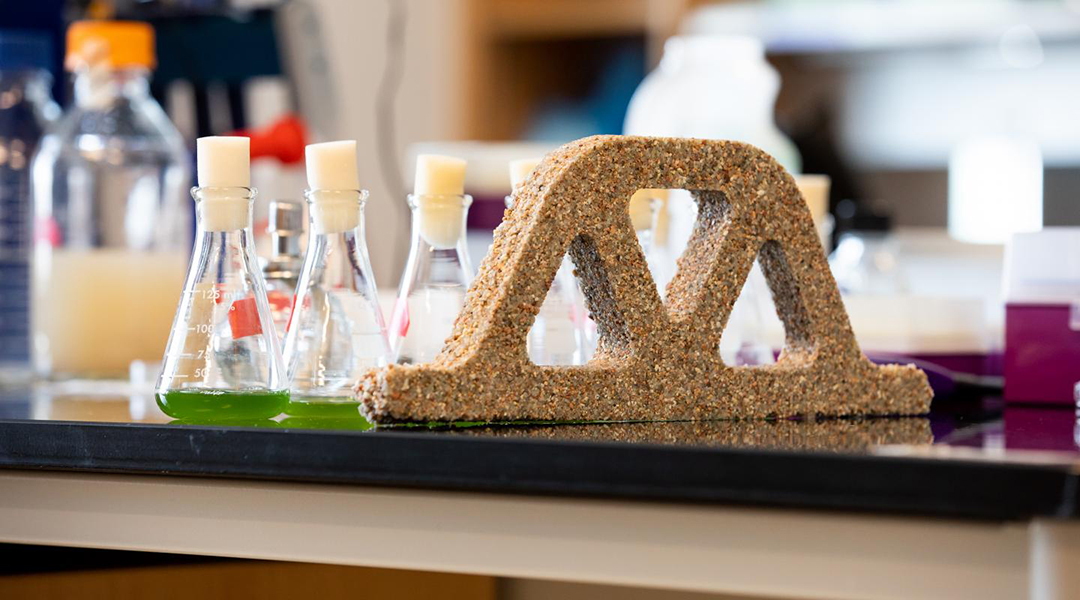
Regenerating bricks are created from sand, gelatin, and bacteria.